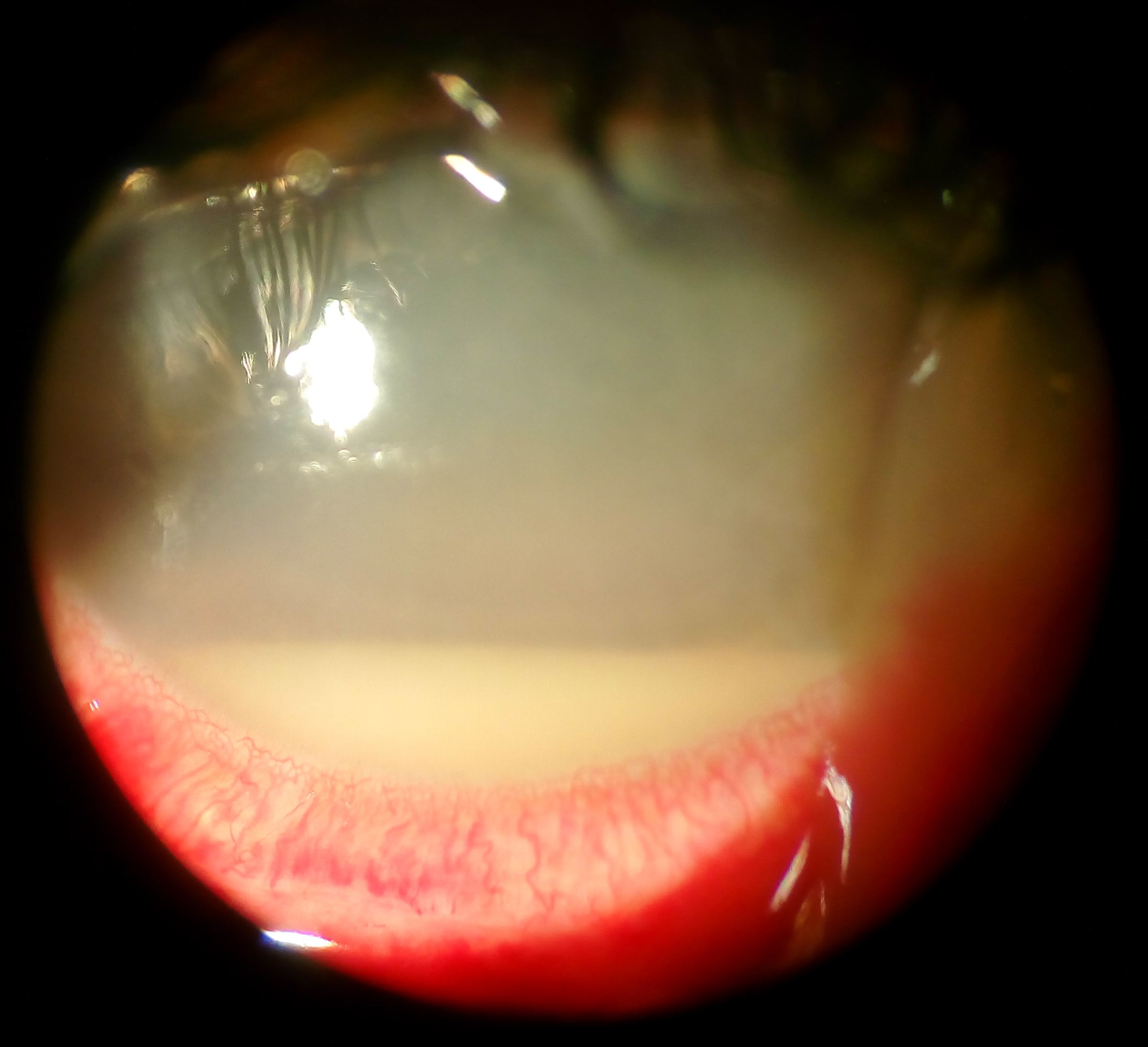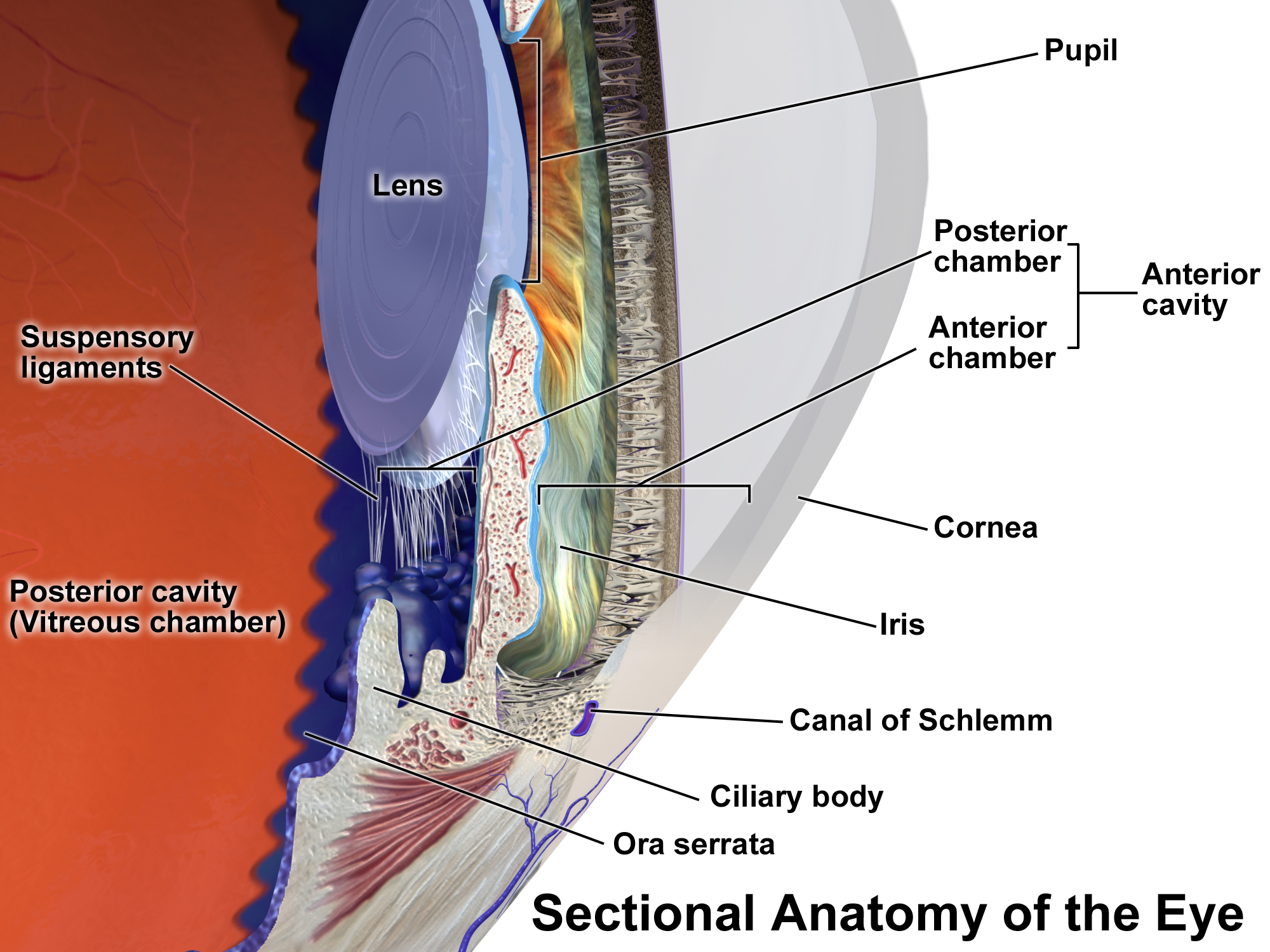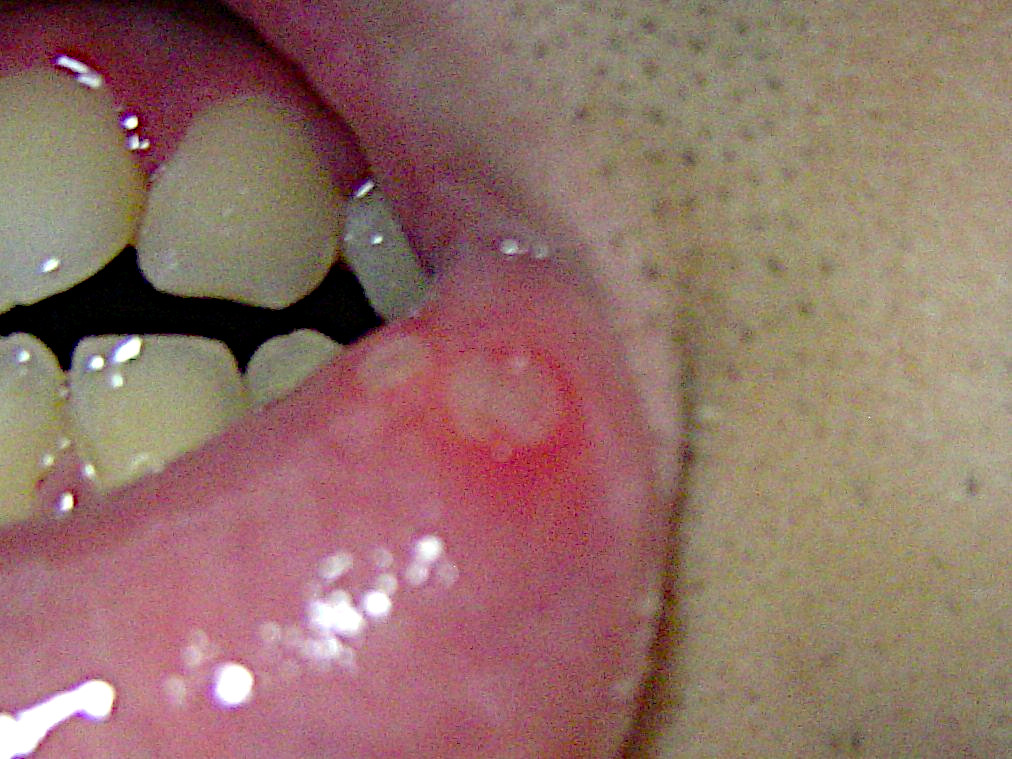|
Helene Ollendorff Curth
Helene Ollendorff Curth (28 February 1899 – 17 June 1982) was a German-American dermatologist, known for her studies on acanthosis nigricans (AN) and introducing Curth's criteria, a set of characteristics for associating list of cutaneous conditions associated with internal malignancy, skin signs as paraneoplastic syndrome, markers for internal cancers. She is named in two rare genodermatosis, inherited skin diseases, the Buschke–Ollendorff syndrome and ichthyosis hystrix, Ichthyosis Hystrix, Curth-Macklin Type. A medical sign in secondary syphilis, known as the Ollendorff sign, and one form of measuring nail clubbing, clubbed fingers, known as the Curth's angle, are named for her. Ollendorff Curth completed her early training under Josef Jadassohn at the University of Wrocław, University of Breslau. She moved to Berlin in 1924 and was appointed assistant to Abraham Buschke. In 1931 she settled in New York where she established a dermatology practice with her husband and beca ... [...More Info...] [...Related Items...] OR: [Wikipedia] [Google] [Baidu] |
Paraneoplastic Syndrome
A paraneoplastic syndrome is a syndrome (a set of signs and symptoms) that is the consequence of a tumor in the body (usually a cancerous one), specifically due to the production of chemical signaling molecules (such as hormones or cytokines) by tumor cells or by an immune response against the tumor. Unlike a mass effect, it is not due to the local presence of cancer cells. Paraneoplastic syndromes are typical among middle-aged to older patients, and they most commonly present with cancers of the lung, breast, ovaries or lymphatic system (a lymphoma). Sometimes, the symptoms of paraneoplastic syndromes show before the diagnosis of a malignancy, which has been hypothesized to relate to the disease pathogenesis. In this paradigm, tumor cells express tissue-restricted antigens (e.g., neuronal proteins), triggering an anti-tumor immune response which may be partially or, rarely, completely effective in suppressing tumor growth and symptoms. Patients then come to clinical attention ... [...More Info...] [...Related Items...] OR: [Wikipedia] [Google] [Baidu] |
Hypopyon
Hypopyon is a medical condition involving inflammatory cells in the anterior chamber of the eye. It is an exudate rich in white blood cells, seen in the anterior chamber, usually accompanied by redness of the conjunctiva and the underlying episclera. It is a sign of inflammation of the anterior uvea and iris, i.e. iritis, which is a form of anterior uveitis. The exudate settles at the dependent aspect of the eye due to gravity. It can be sterile (in bacterial corneal ulcer) or not sterile (fungal corneal ulcer). Differential diagnosis Hypopyon can be present in a corneal ulcer. It can occur as a result of Behçet's disease, endophthalmitis, panuveitis/ panophthalmitis, or adverse reactions to some drugs (such as rifabutin). Hypopyon is also known as ''sterile pus'' because it occurs due to the release of toxins and not by the actual invasion of pathogens. The toxins secreted by the pathogens mediate the outpouring of leukocytes that settle in the anterior chamber of th ... [...More Info...] [...Related Items...] OR: [Wikipedia] [Google] [Baidu] |
Uveitis
Uveitis () is inflammation of the uvea, the pigmented layer of the eye between the inner retina and the outer fibrous layer composed of the sclera and cornea. The uvea consists of the middle layer of pigmented vascular structures of the eye and includes the iris, ciliary body, and choroid. Uveitis is described anatomically, by the part of the eye affected, as anterior, intermediate or posterior, or panuveitic if all parts are involved. Anterior uveitis ( iridocyclytis) is the most common, with the incidence of uveitis overall affecting approximately 1:4500, most commonly those between the ages of 20-60. Symptoms include eye pain, eye redness, floaters and blurred vision, and ophthalmic examination may show dilated ciliary blood vessels and the presence of cells in the anterior chamber. Uveitis may arise spontaneously, have a genetic component, or be associated with an autoimmune disease or infection. While the eye is a relatively protected environment, its immune mechan ... [...More Info...] [...Related Items...] OR: [Wikipedia] [Google] [Baidu] |
Aphthous Stomatitis
Aphthous stomatitis, or recurrent aphthous stomatitis (RAS), is a common condition characterized by the repeated formation of benign and non- contagious mouth ulcers (aphthae) in otherwise healthy individuals. The informal term ''canker sore'' is also used, mainly in North America, although it may also refer to other types of mouth ulcers. The cause is not completely understood but involves a T cell-mediated immune response triggered by a variety of factors which may include nutritional deficiencies, local trauma, stress, hormonal influences, allergies, genetic predisposition, certain foods, dehydration, some food additives, or some hygienic chemical additives like SDS (common in toothpaste). These ulcers occur periodically and heal completely between attacks. In the majority of cases, the individual ulcers last about 7–10 days, and ulceration episodes occur 3–6 times per year. Most appear on the non-keratinizing epithelial surfaces in the mouth – i.e. anywhere ex ... [...More Info...] [...Related Items...] OR: [Wikipedia] [Google] [Baidu] |
Genital Ulcer
A genital ulcer is an open sore located on the genital area, which includes the vulva, penis, perianal region, or anus. Genital ulcers are most commonly caused by infectious agents (fungal infections, secondary bacterial infections, or sexually transmitted diseases such as genital herpes, syphilis or chancroid). However, this is not always the case, as a genital ulcer may have noninfectious causes as well. Overview A genital ulcer may be located on the vulva, penis, perianal region, or anus. Globally, the incidence of genital ulcers is estimated to be approximately 20 million cases annually. The most likely cause of a genital ulcer varies depending on the characteristics of a population and location. The most common cause of genital ulcers in the United States is herpes simplex infections, with syphilis the second most common cause, and chancroid the third. These common causes of genital ulcer disease (HSV-1, HSV-2 and treponema pallidum) can all be efficiently transmitted thr ... [...More Info...] [...Related Items...] OR: [Wikipedia] [Google] [Baidu] |
Papules
A papule is a small, well-defined bump in the skin. It may have a rounded, pointed or flat top, and may have a dip. It can appear with a stalk, be thread-like or look warty. It can be soft or firm and its surface may be rough or smooth. Some have crusts or scales. A papule can be flesh colored, yellow, white, brown, red, blue or purplish. There may be just one or many, and they may occur irregularly in different parts of the body or appear in clusters. It does not contain fluid but may progress to a pustule or vesicle. A papule is smaller than a nodule; it can be as tiny as a pinhead and is typically less than 1 cm in width, according to some sources, and 0.5 cm according to others. When merged together, it appears as a plaque. Its color might indicate its cause, such as white in milia, red in eczema, yellowish in xanthoma and black in melanoma. They may open when scratched and become infected and crusty. Definition A papule is a small, well-defined bump in th ... [...More Info...] [...Related Items...] OR: [Wikipedia] [Google] [Baidu] |
Madge Thurlow Macklin
Madge Thurlow Macklin (February 6, 1893 – March 4, 1962) was an American physician known for her work in the field of medical genetics, efforts to make genetics a part of medical curriculum, and participation in the eugenics movement. Early life and education The fourth of five children born to Margaret De Grofft and William Harrison Thurlow, Madge Thurlow was born in 1893 Philadelphia, Pennsylvania. William Thurlow was an engineer and his influence on Madge's academics showed throughout her persistent interest in sciences and maths. While Macklin was still in grade school, her family relocated to Baltimore, Maryland, where she attended public schools and began studying calculus by age 12. Before her senior year had ended, her family had decided to relocate back to her home town in Pennsylvania. Macklin, however wanted to graduate from the high school in which she was already enrolled. To do so, she moved in with one of her teachers; Nelly Logan. After graduating from Western ... [...More Info...] [...Related Items...] OR: [Wikipedia] [Google] [Baidu] |
Behçet's Disease
Behçet's disease (BD) is a type of inflammatory disorder which affects multiple parts of the body. The most common symptoms include painful sores on the mucous membranes of the mouth and other parts of the body, inflammation of parts of the eye, and arthritis. The sores can last from a few days, up to a week or more. Less commonly there may be inflammation of the brain or spinal cord, blood clots, aneurysms, or blindness. Often, the symptoms come and go. The cause is unknown. It is believed to be partly genetic. Behçet's is not contagious. Diagnosis is based on at least three episodes of mouth sores in a year together with at least two of the following: genital sores, eye inflammation, skin sores, a positive skin prick test. There is no cure. Treatments may include immunosuppressive medication such as corticosteroids and lifestyle changes. Lidocaine mouthwash may help with the pain. Colchicine may decrease the frequency of attacks. While rare in the United States ... [...More Info...] [...Related Items...] OR: [Wikipedia] [Google] [Baidu] |



